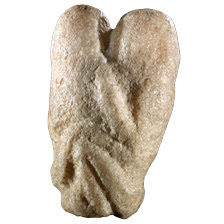Trip 2015-16. Day 149. England, Norwich

It was just an ordinary day in the city. I walked a lot. Along the river, in the lanes, up to the cathedral, down to the market. I’m not a city girl anymore. I hardly visit any museums, galleries, castles or palaces. I’d probably go to an exhibition only if Egon Schiele will be in town. Abandoned derelict places still fascinate me though. That’s why the highlight of my wandering was the Cow Tower. Not much of a ruin (not much of a building either) but still a structure touched by time. But I didn’t realize that I missed urban energy. I was listening to a street musician at the square when that homeless man came up and sat next to me. He was stinky and very dirty. He rolled a cigarette, slowly smoked it, smiled, stood up and walked up to a clean, tidy, well-dressed guy with a big dog. The man started talking to the dog. He talked, the owner ignored him but the dog was listening. And suddenly it jumped on him and licked him. He embraced the dog, caressed it and kept on talking to it like...




